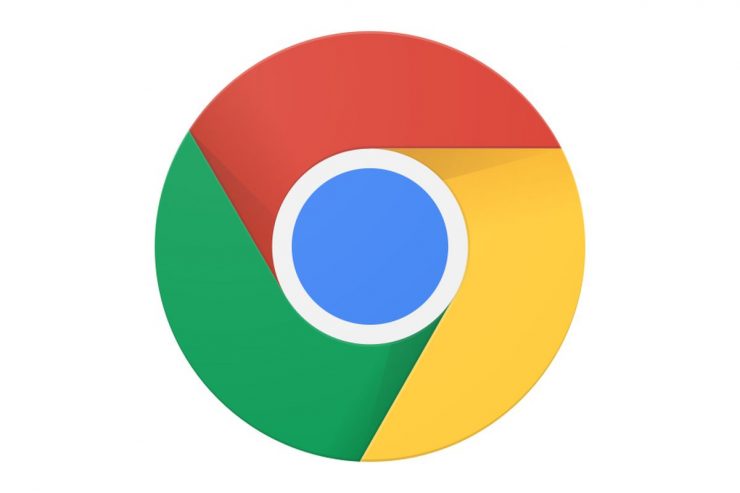Google Chrome’s new update has just made it more secure. Now, Google Chrome will automatically connect to the reliable HTTPS connection instead of the unsafe URLs that the user types into the browser. Connecting to HTTPS by default is a subtle but clever change.
What is HTTPS?
HTTPS, short for Hypertext Transfer Protocol Secure, is an expansion of Hypertext Transfer Protocol that encrypts information and ensures a safe connection and transmission of information between a client and a server. It is indicated by a lock symbol on the top left corner beside the URL in a webpage.
What is the change?
The HTTPS has slowly but steadily become a trusted way to browse websites. Understandably, Google also prefers to switch to it completely. Previously, if a user typed an URL without the security protocol, Google would take the user to that website. But after the change, Google will prioritize the HTTPS version of the website.
This will prevent users from going to the vulnerable version of the website, thereby avoiding any threats. The unsafe websites that do not make use of HTTPS make it easy for hackers to access sensitive information like bank details.
Why the change?
This was a much-needed step as users would regularly see the ‘Not Secure’ message in the address bar. When clicked, the expanded message would say that the connection to the website was not secure. Google is doing everything it can to make it more protected from external threats. The onslaught of cyber-attacks has put everyone on edge.
Just a few weeks ago, up to 3 million users of Google and Microsoft Edge were affected by malware that was present in extensions and add-ons.
Thus, even though switching to HTTPS seems like a very insignificant change, it will make a huge difference. Of course, it is worth mentioning that the change will not be immediate. It will be rolled out in the coming months slowly.
If you've any thoughts on Google Chrome becomes safer as it switches to HTTPS as the default browser URL., then feel free to drop in below comment box. Also, please subscribe to our DigitBin YouTube channel for videos tutorials. Cheers!







